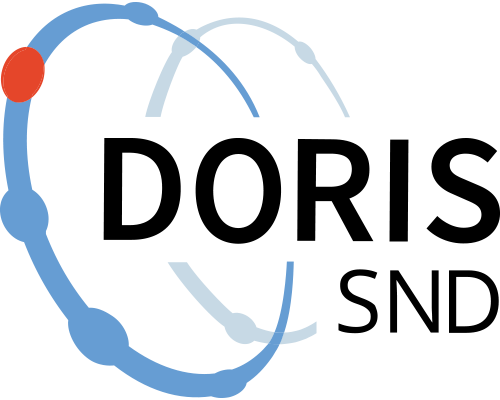Communities in infrastructure habitats are species-rich but only partly support species associated with semi-natural grasslands
This study makes part of the research project GINFRA – green rights-of-way infrastructure for biodiversity and ecosystem services. The aim of the project was to quantify whether linear infrastructure habitats (road verges and power-line corridors) support biodiversity by assessing the influence of the area of these habitats in the landscape, their contribution to landscape connectivity and population persistence.
The linked data was collected by surveying butterflies, bumblebees, and vascular plants in five types of prevalent grasslands (pastures, road verges along small gravel roads, road verges along big paved roads, power line corridors, and field borders). These grasslands were embedded in 32 landscapes with area 4 km² each, that differed in the area of linear infrastructure habitats (road verges and power line corridors) and semi-natural grasslands of high nature value, while other land-use types were kept constant. The landscapes were dominated by forest.
Within each grassland habitat, the surveyor established a 200 m transect and then identified all butterflies and bumblebees along it. For plants, a 1 x 1 m quadrat was established at the centre of a 50 m section in each transect, i.e. each transect had four plots in which all plant species were identified.
Denna studie är en del av projektet GINFRA – green rights-of-way infrastructure for biodiversity and ecosystem services. Projektets huvudsyfte var att kvantifiera om linjära infrastrukturmiljöer (vägkanter och kraftledningsgator) bidrar till mångfalden av växter och insekter i olika rumsliga skalor. Detta gjordes genom att uppskatta hur linjära infrastrukturmiljöers mängd i landskapet bidrar till mångfalden samt hur mycket de bidrar till landskapets konnektivitet.
Datan samlades genom att inventera dagfjärilar, humlor, och växter i fem typer av gräsmarker (betesmarker, vägrenar längs enskilda vägar, vägrenar längs allmänna vägar, kraftledningsgator, och åkerkanter). Alla dessa habitat typer fanns inom 32 landskap med area 4 km2 som skilde sig i areal av linjära infrastrukturmiljöer (vägrenar och kraftledningsgator) och ängs-och betesmarker. Arealen av andra markanvändningar var konstanta mellan landskap och alla landskap var skogsdominerade.
Go to data source
Opens in a new tabhttps://doi.org/10.6084/m9.figshare.22178651.v1
Documentation files
Documentation files
Citation and access
Citation and access
Data access level:
Creator/Principal investigator(s):
Research principal:
Principal's reference number:
- SLU.ekol.2023.4.4.IÄ-7
Data contains personal data:
Yes
Type of personal data:
Coordinates that may select private property
Citation:
Language:
Method and outcome
Method and outcome
Data collection - Field observation
Data collection - Field observation
Geographic coverage
Geographic coverage
Administrative information
Administrative information
Topic and keywords
Topic and keywords
Publications
Publications
Metadata
Metadata
Version 1
